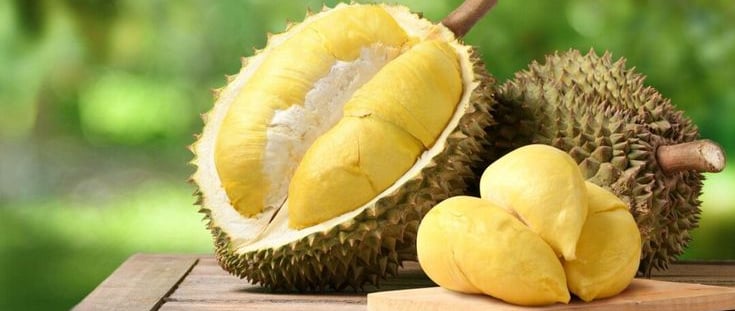🇵🇭 The Filipino Pantry: 10 Local Ingredients That Will Surprise You
Blog post description.
6/25/20252 min read


Meta Description:
New to Filipino food? Discover 10 surprising
🥥 Introduction:
Whether you’re a first-time visitor or an expat learning to shop local, exploring a Filipino pantry can feel like stepping into a whole new world. It’s vibrant, aromatic, sometimes funky, and always full of heart. But behind every curious jar or fragrant leaf lies an ingredient that tells a story — of tradition, family, and flavor.
Here are 10 Filipino pantry staples that might surprise you — and how to use them like a pro in your kitchen or on your next food adventure in the Philippines.
1. Calamansi – The Tiny Citrus With Big Personality
Native to the Philippines, calamansi looks like a lime but tastes like a mix between lime and mandarin.
How to try it: Squeeze over grilled meats, add to iced tea, or mix with soy sauce for dipping.
2. Ube – The Vibrant Purple Yam
This naturally purple tuber has a sweet, nutty taste and is beloved in Filipino desserts.
How to try it: In ube ice cream, cakes, halaya (jam), or even in modern drinks like ube lattes.
3. Bagoong – Funky, Fermented, and Full of Umami
Bagoong is a salty paste made from fermented shrimp or fish. It smells strong — but once you get used to it, you’ll crave it.
How to try it: Pair with green mango, stir into kare-kare, or add depth to veggie stews like pinakbet.
4. Malunggay (Moringa) – The Filipino Supergreen
Packed with nutrients, malunggay leaves are added to soups and stews across the country.
How to try it: Add to tinola (chicken soup), stir into omelets, or steep as a tea.
5. Patis – The Secret Sauce (Fish Sauce)
Patis is a fermented fish sauce that brings umami to everything it touches.
How to try it: Drizzle over rice, mix into dipping sauces, or season soups like sinigang.
6. Siling Labuyo – Tiny But Mighty Chili
This native chili may be small, but it packs a fiery punch.
How to try it: Mash into vinegar for a dipping sauce, or add to noodles if you dare.
7. Pandan Leaves – The Southeast Asian Vanilla
Used for fragrance and flavor, pandan is earthy, nutty, and perfect for desserts.
How to try it: In buko pandan, pandan rice, or extract form for baking.
8. Suka (Native Vinegar) – Tangy, Bold, and Flavorful
Made from coconut sap, nipa palm, or sugarcane, native vinegar is tangier than its Western counterpart.
How to try it: Use in adobo, drizzle over grilled dishes, or dip crispy street food into it.
9. Gata (Coconut Milk) – Creamy Comfort in a Can
Coconut milk adds richness to Filipino dishes both sweet and savory.
How to try it: Try in laing, Bicol Express, or with sticky rice desserts
10. Langka (Jackfruit) – The Versatile Tropical Wonder
Jackfruit is used differently depending on ripeness — young langka is savory, ripe is sweet.
How to try it: In ginataang langka (simmered in coconut milk) or as a sweet halo-halo topping.
The beauty of the Filipino pantry lies in its contrast — bold flavors, subtle touches, and a deep respect for tradition. Whether you’re shopping in a local palengke or experimenting at home, these ingredients are your ticket to truly experiencing the Philippines — one bite at a time.
Hungry to learn more? Follow us for food guides, local recipes, and hidden gems across the islands
